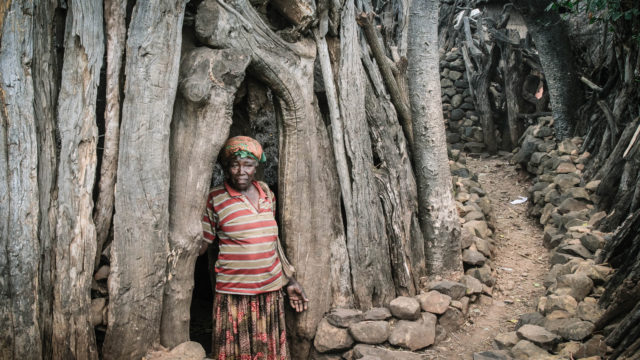
Konso
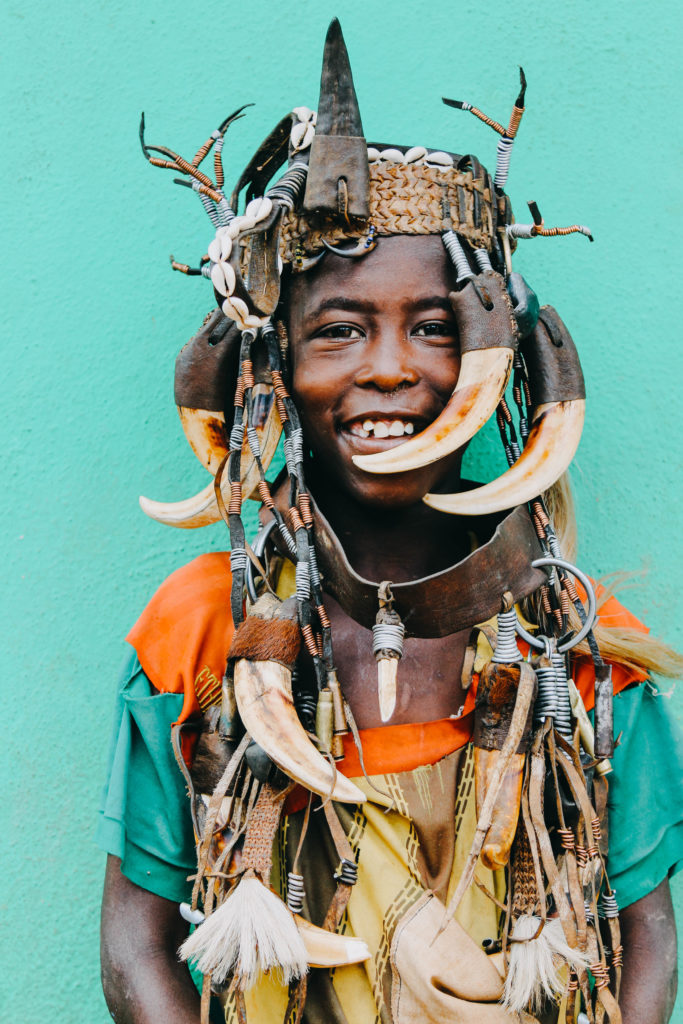
EXPERIENCE
We went to visit the Konso tribe after a stop at the Key Afer market. Konso is a very special stop while in this region of Ethiopia and fascinating from a structural standpoint as well as culturally. Their stone-walled village fencings with narrow alleyways, iconic thatched huts made the Konso Community the 9th UNESCO World Heritage Site in Ethiopia for their nine-clan community structure, terraced fields and unique farming skills.
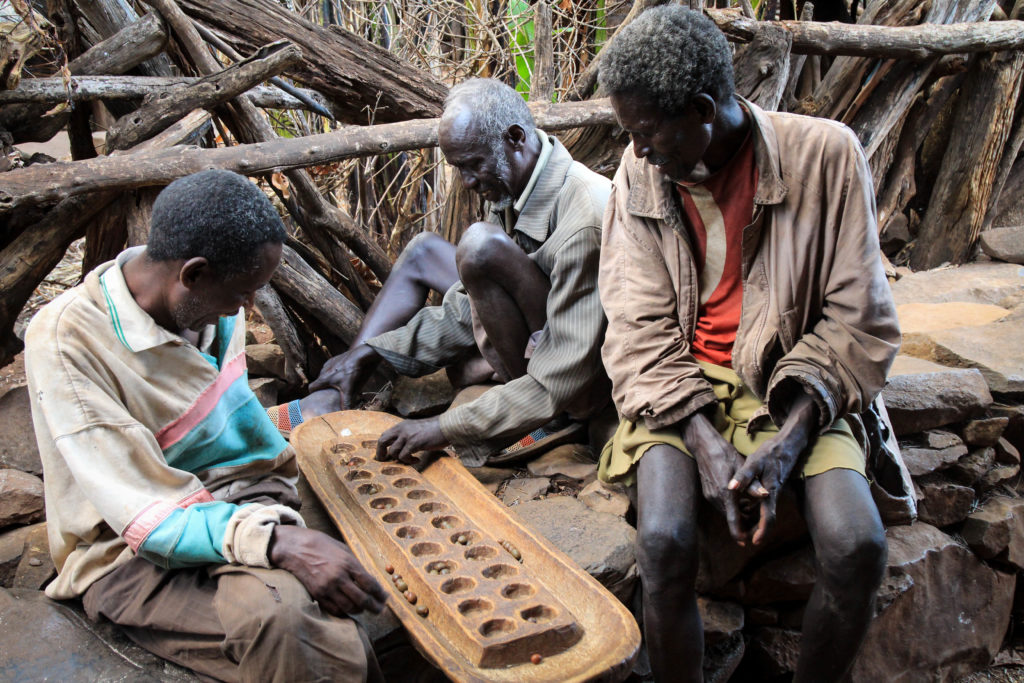
While here we also visited Lake Chamo outside of Arba Minch. This lake and its neaby sister lake are volcanically made and home to some of the largest crocodiles in Africa at 7 meters. We also lucked out with lots of hippos and pelicans while on our boat cruise of the lake. We also saw other wildlife on this portion of our trip since our lodge was frequented by baboons and warthogs. Despite asking many guides and locals, it remains a bit of a mystery to me as to what’s happened to all the other big game in Ethiopia.
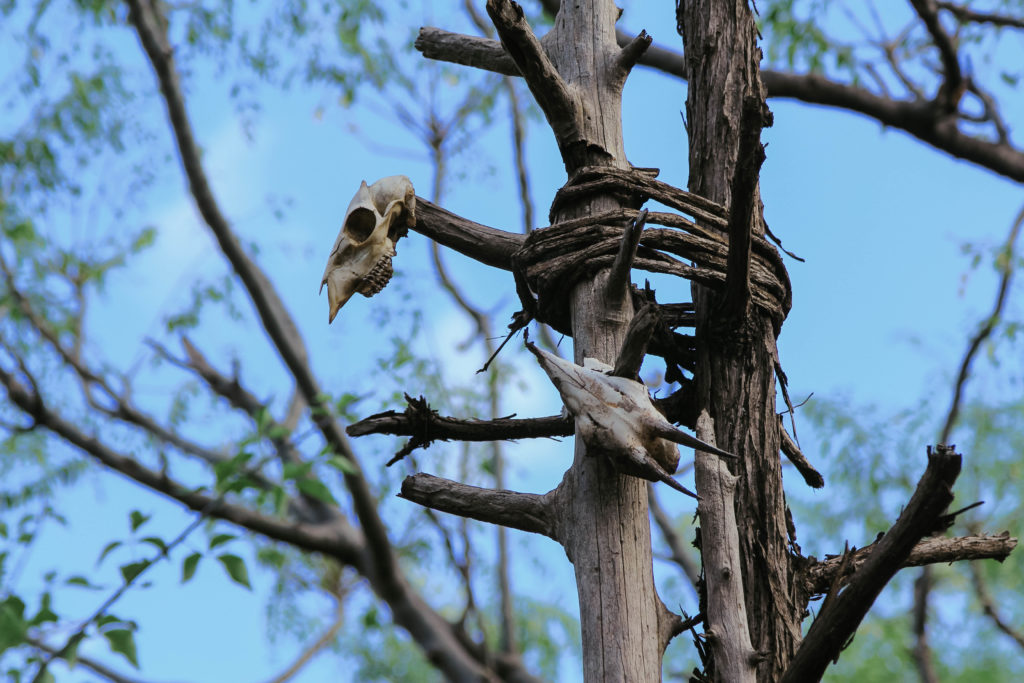
On our way out, we visited Chencha market and then to Arba Minch and the airport to fly back to Addis Ababa. Here is a bit more information on the tribes of this region:
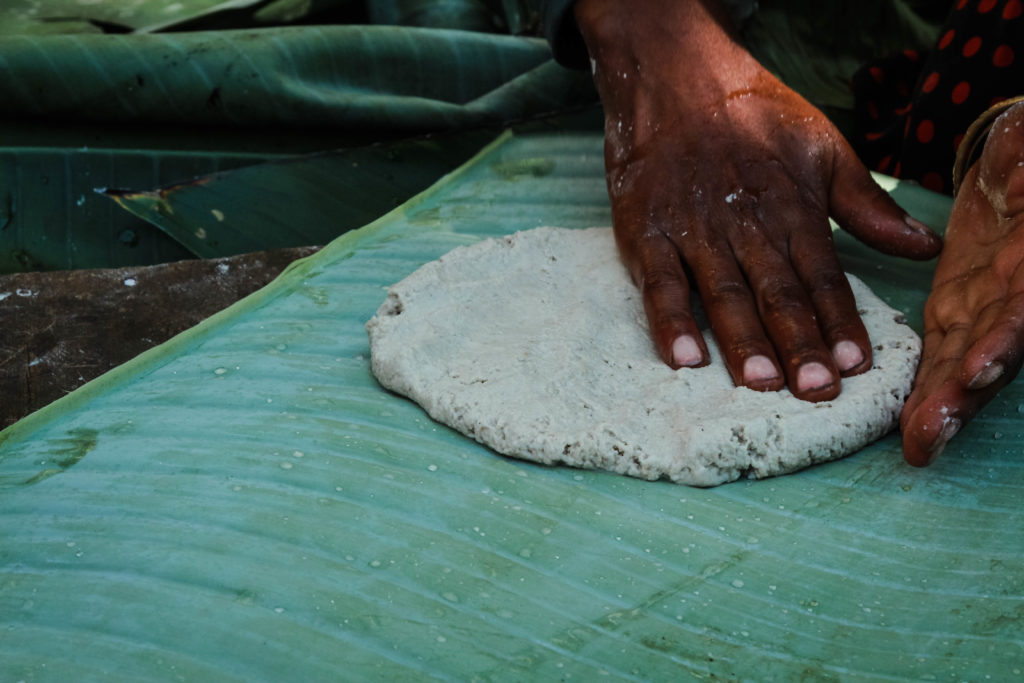
#10 KONSO TRIBE
The Konso Tribe is quite unique because they have nine large clans living in walled villages that cascade up the mountainside This housing construct is incredibly impressive and made of sticks and stones. The women here spin beautiful wool and are known for the tremendously heavy loads of food and supplies they can carry on their backs up to the village. As you can see, this group has lost their tribal dress and when they were “Christianized”. Today you see the people in old t-shirts and denim. The stone-walled village is fenced with wood. These narrow alleyways and iconic thatched huts have recently made the Konso Community the 9th UNESCO World Heritage Site in Ethiopia.
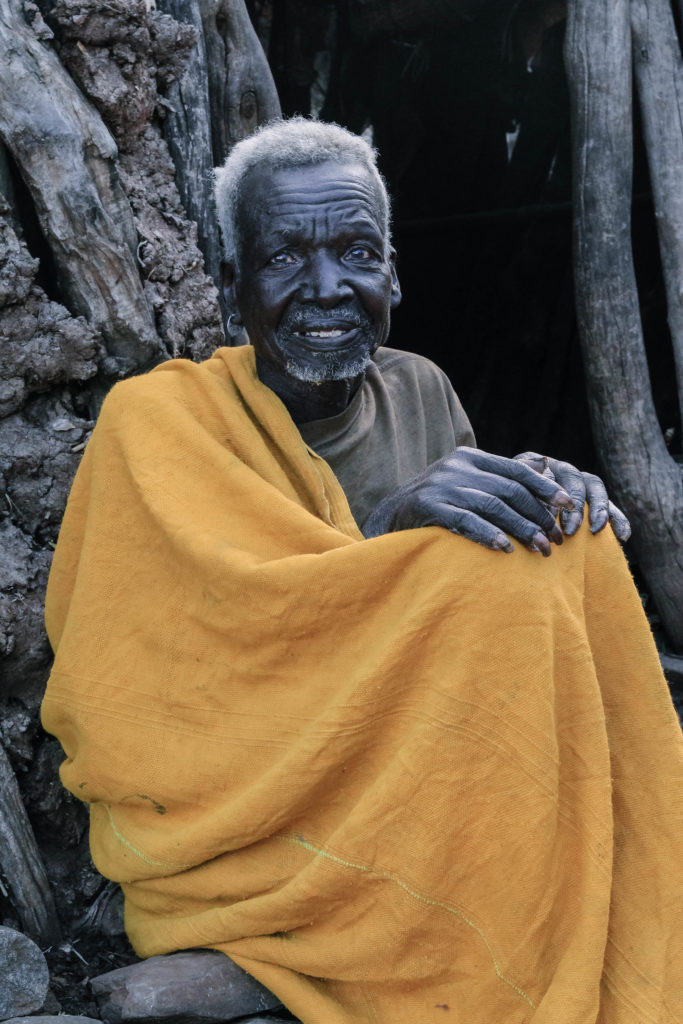
#11 DORZE TRIBE
We visited this village as a last stop. They specialize in weaving and creating fabrics. The women make the wool and the men utilize looms to work it. This group also makes a tangy fermented bread from the fleshy stalk of the false bananas tree. This is kept underground for weeks before cooking it. It is served with the tribe’s cultivated honey. This tribe lives in homes inspired by the shape of elephants which are quite large . This is a highland tribe that is known for living very long and healthy lives in their fertile climate high in the hills. It us much cooler, wooded and extremely idyllic here. This was the only tribe we visited that had leopard skins as part of their traditional dress.
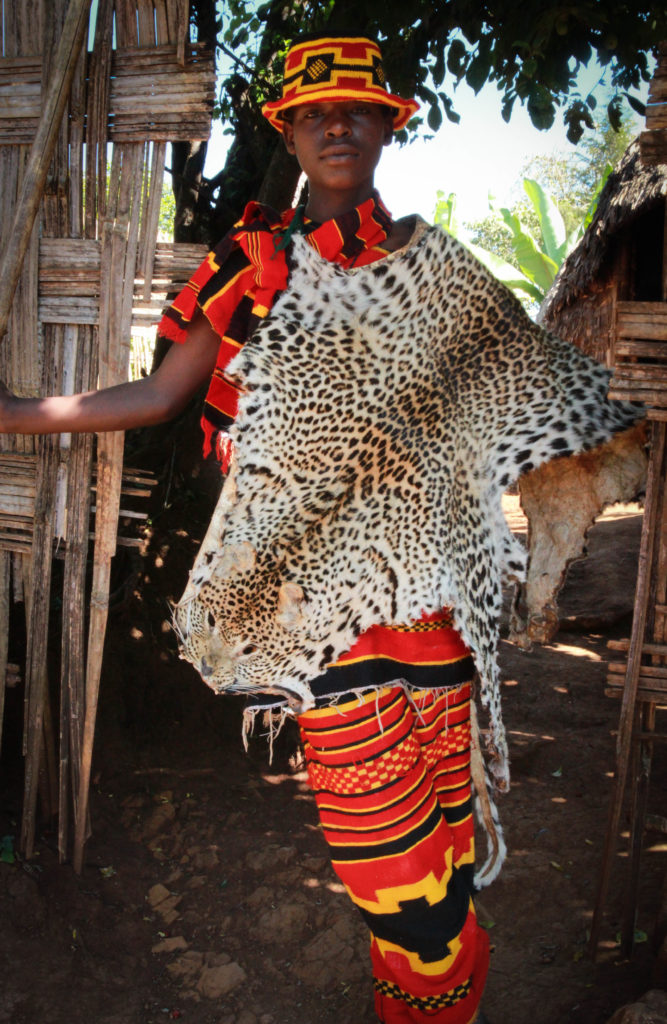
#12 TSAMAY TRIBE
The women of this tribe are known for their facial tattoos. We photographed this more urbanized tribe in the town of Key Afer, where our local guide Hudi was also from. We did not get much of a feel for the tribal practices other than buying some gourds that were made into water vessels.
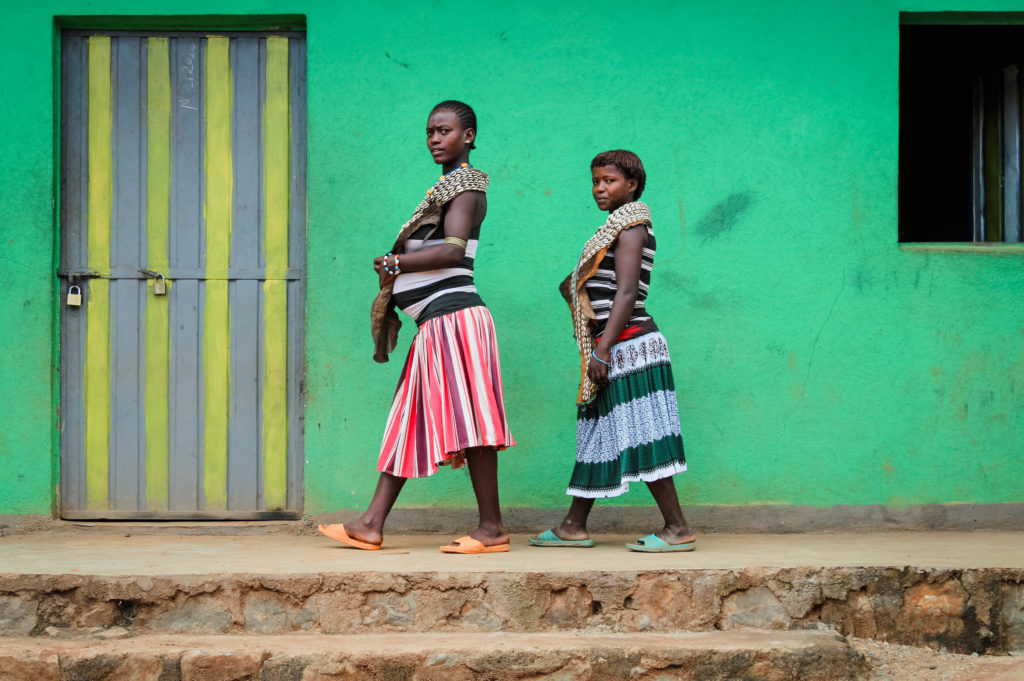
#13 DARESHE
This tribe was a happy accident to come upon while en route. We stopped roadside to visit with the Dareshe as the kids were en route to school. 3 tattoo dots on the face are characteristic of women of this tribe. They were very curious to connect with us and clearly had experienced much less contact with Western faces.
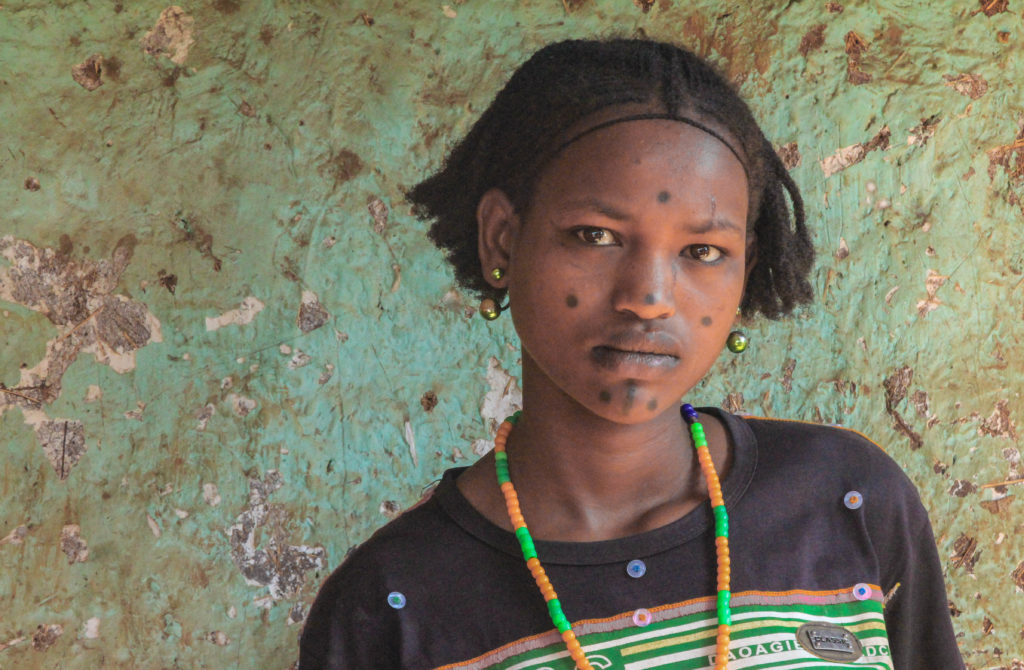
STAY
We arrived to the valley and the spectacular vistas and stayed one night at the Kanta Lodge in Konso. The views were majestic from this high positioning hotel and comparatively this hotel was acceptable. The water was hot but the drains didn’t work. The dining lodge was impressively grandiose in construction but did not have WIFI or electricity some of the time. The location of this hotel is the highlight of the stay and it is quite convenient for visiting Konso.
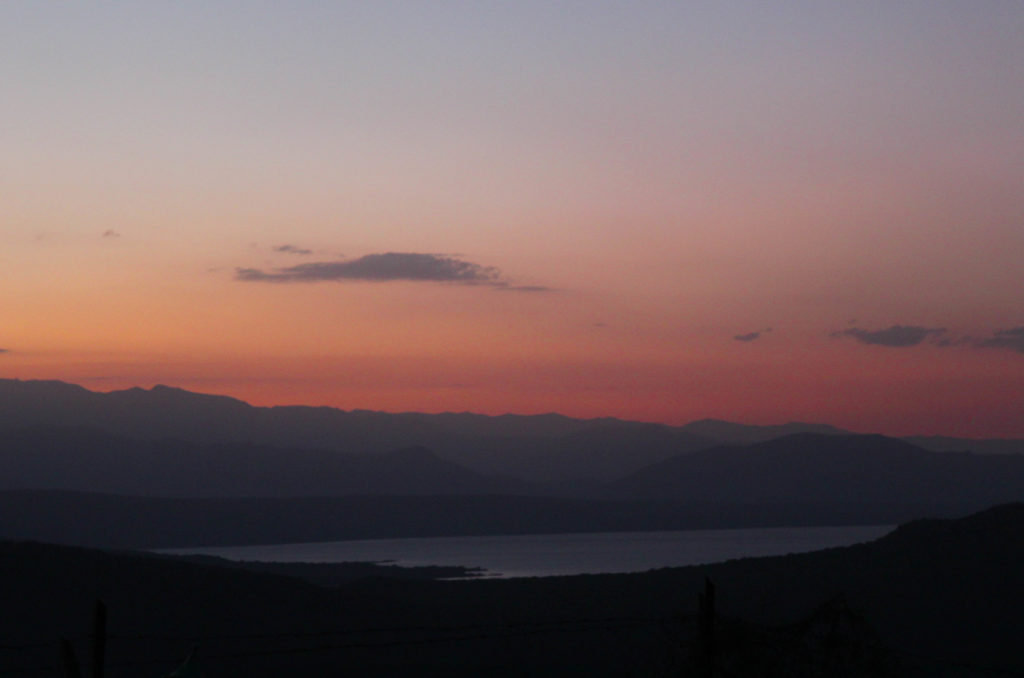
Paradise Lodge in Arba Minch was the oasis we dreamed of the entire two weeks of roughing it through the Omo Valley. This hotel is gigantic with hundreds of motel style units. The highlight of this place is the main lodge and dining hall which have an incredible view over the valley and the lakes below. There is wildlife around the hotel which is fun as well as many fruit and flower trees. By normal standards, this place is run down, but by Ethiopian standards, this place seems to be about as good as you’re going to get. I’d recommend this hotel and request you get a room with a view that Is closer to the main lodge or expect to walk nearly a third of a mile each time you want to go to or from a meal.
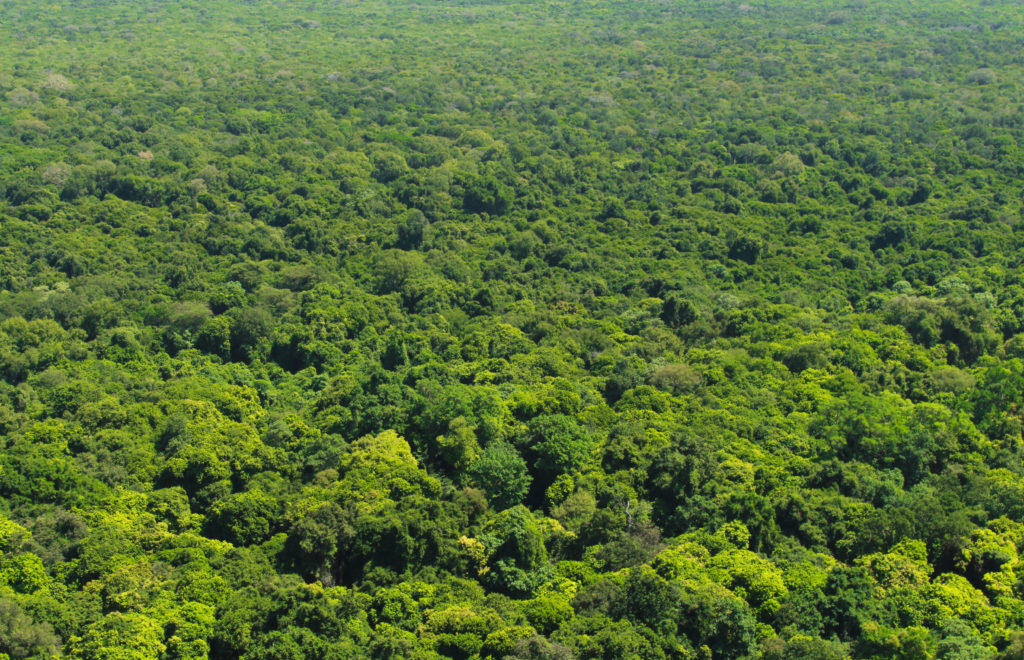
EAT
Food had gotten quite rough by this portion of the trip. We were rather disappointed with the food at the Kanta Lodge, despite the beautiful dining room. Breakfast took a slight turn up, but expect the standard “Western Menu” with Decent food at this hotel.

The Paradise Lodge was our final stop and had decent food and incredible views. Here we imbibed in our final bottles of our favorite Rift Valley Wine and had a lot of fun. Breakfast here is a large but disappointing buffet. Again, the surroundings exceed the cuisine.
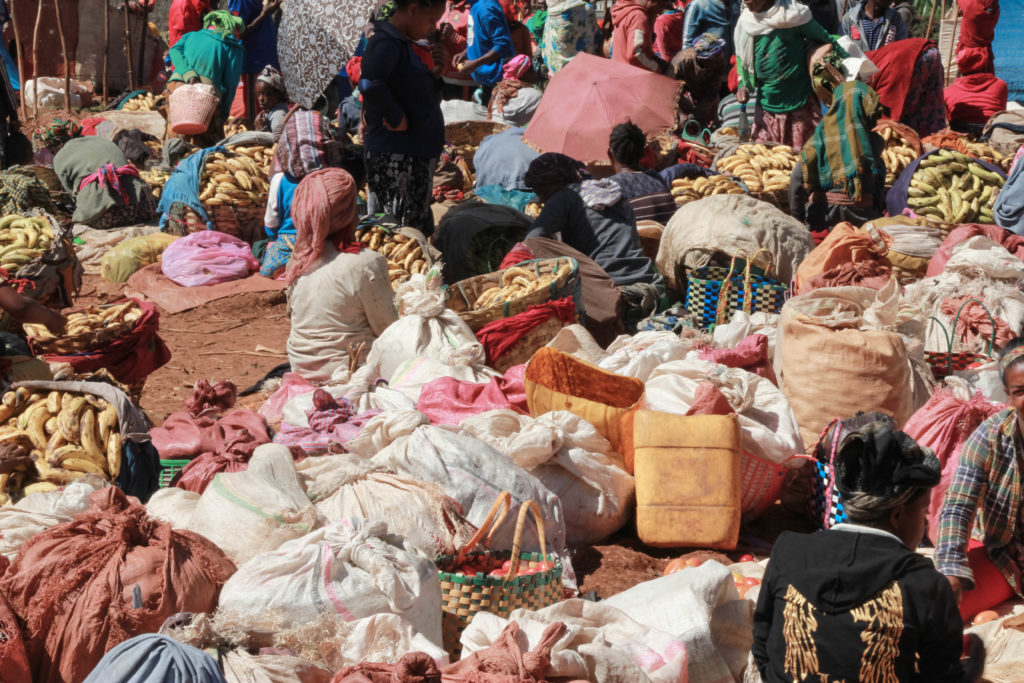
From here we flew home out of Addis Ababa. Stopping for dinner on our way out at Aladdin, a quite well done Mediterranean restaurant. Though we were all eager to get to the airport and get home at this point, we indulged in a final meal together of tapas and kababs. Anything other than pizza, pasta and fried fish was welcomed at this point. From here we headed back to the airport to fly our separate ways. Fun fact and caution, so you don’t book your flight incorrectly, like I did.
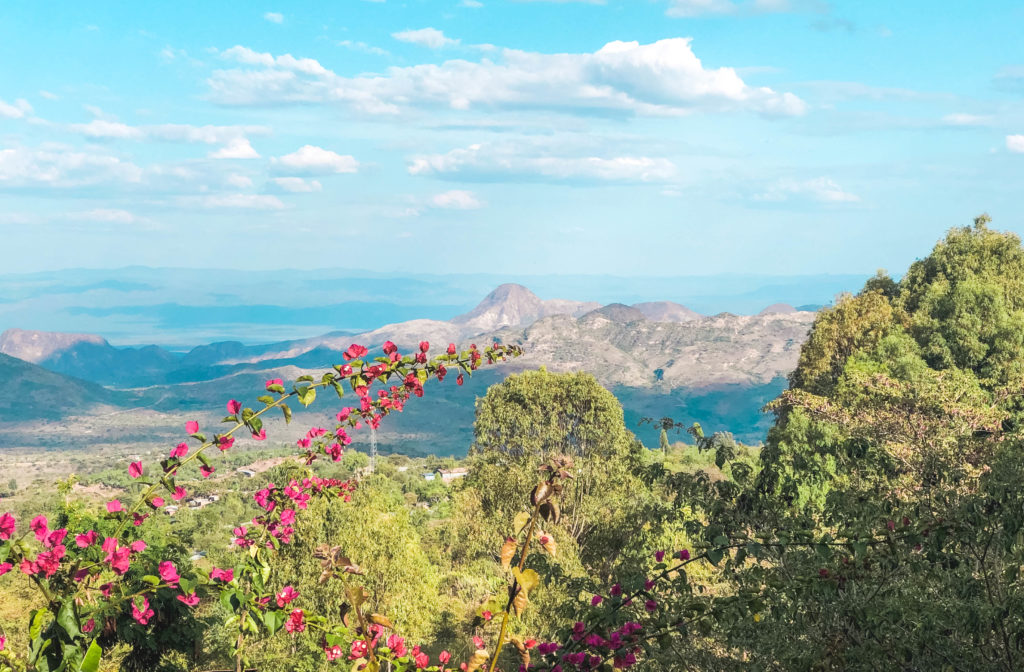
In Ethiopia, it is actually still 2007. there are also 13 months in a year and morning starts at 6am and goes through 6pm. I can think of absolutely no good reason for this place to operate this way, as a result my flight home is actually a day later than it says it is (for reference, we, and the rest of the world are on the Gregorian calendar.)


 RSS
RSS